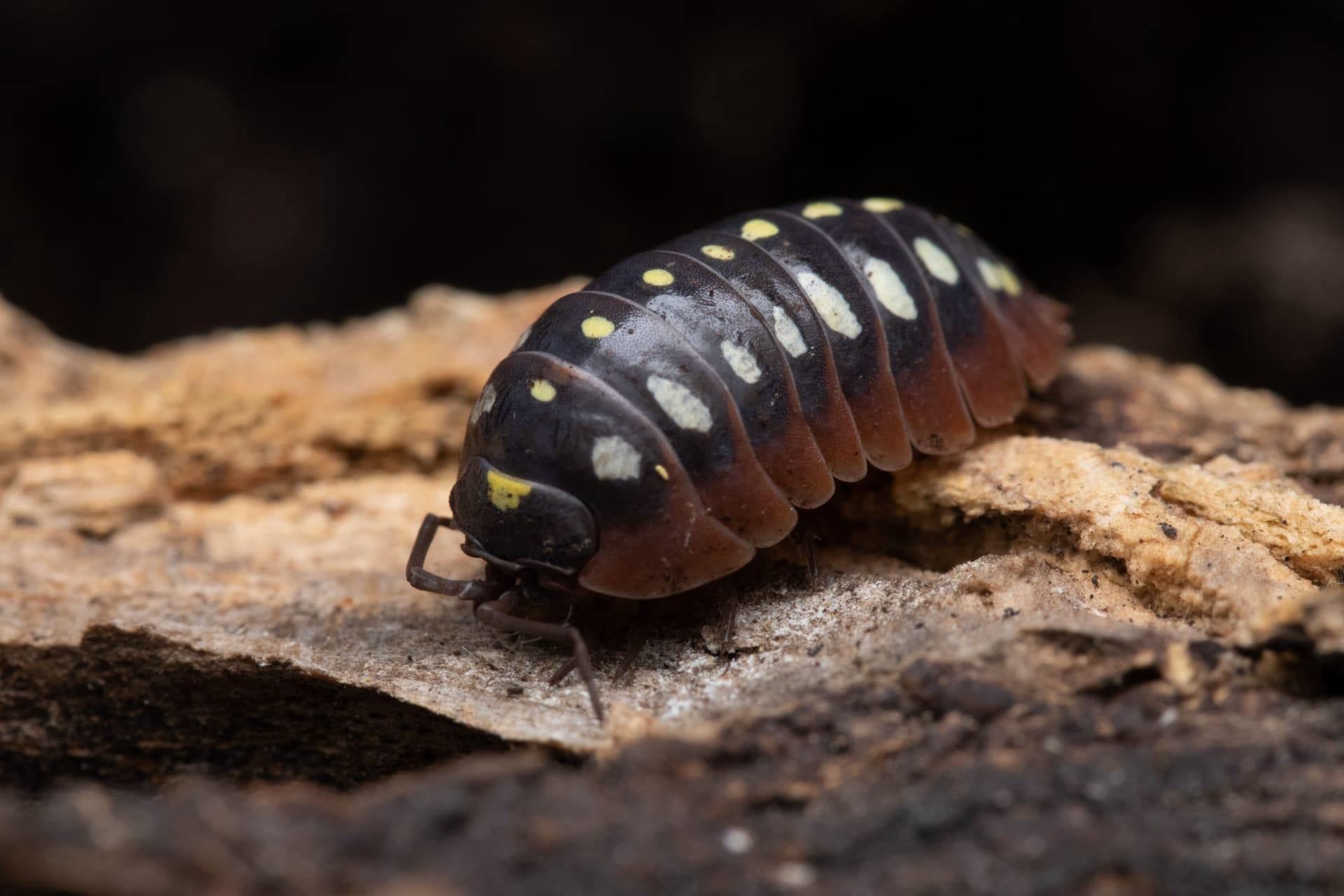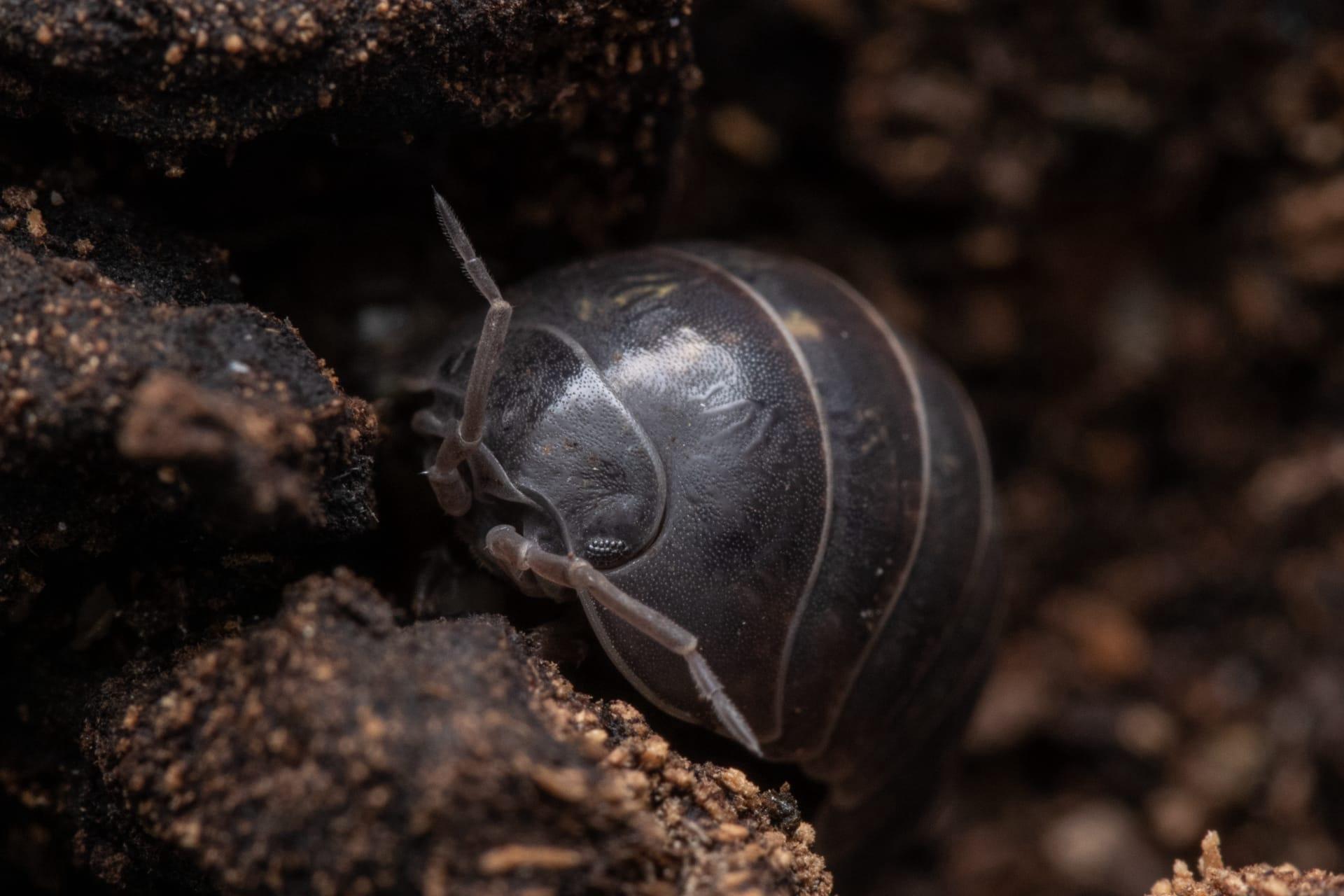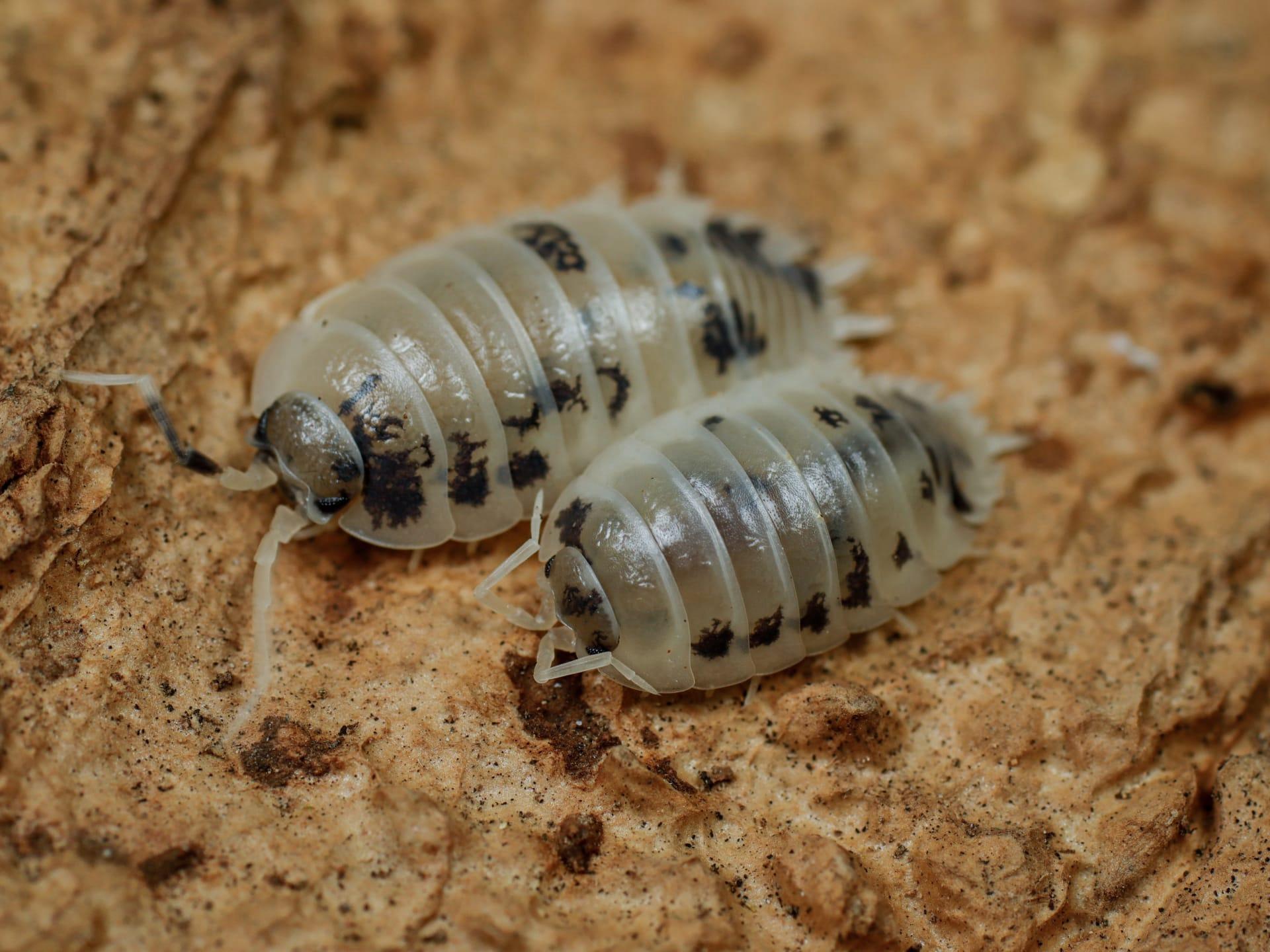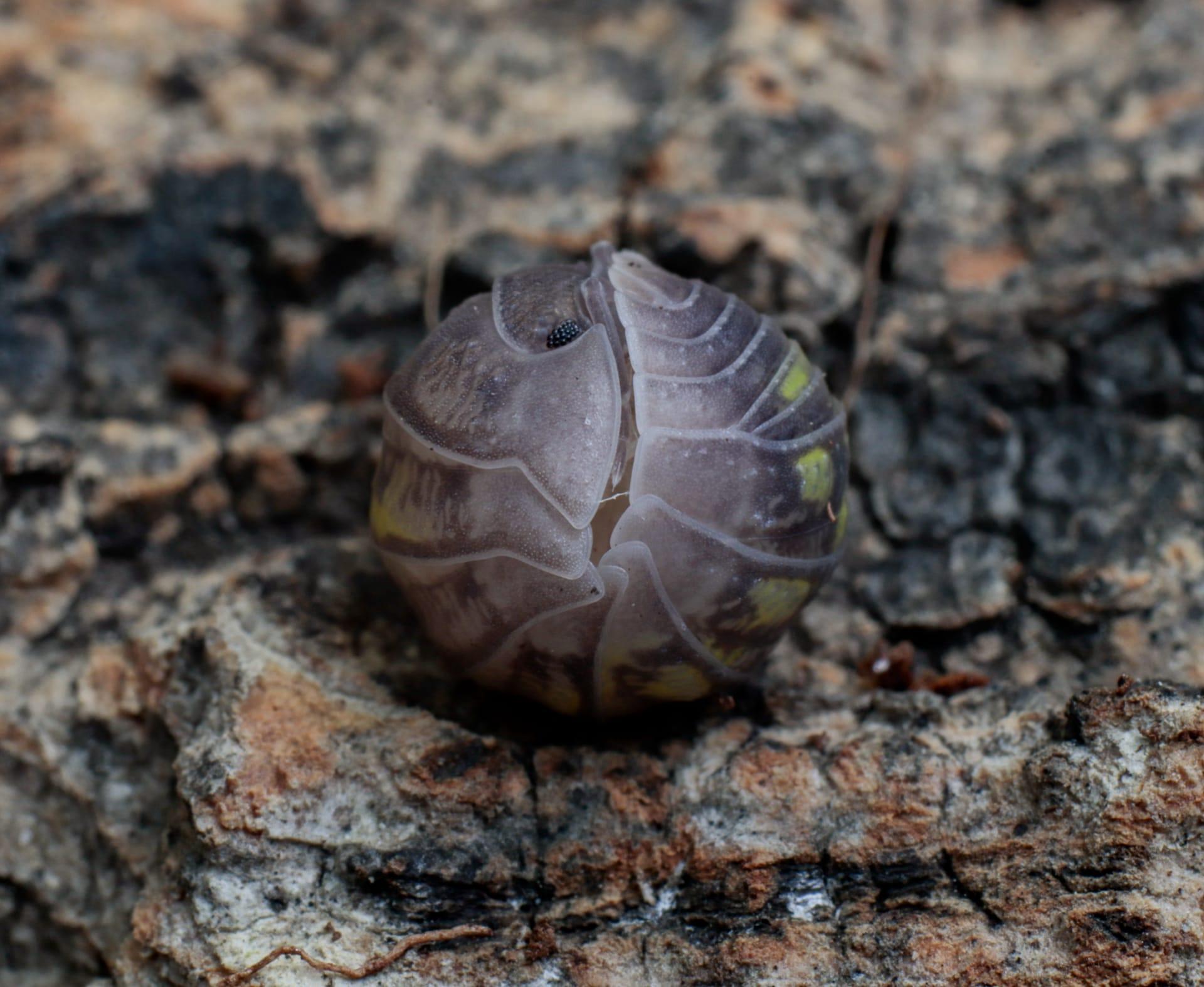Pillbugs Characteristics
- Home /
- Mini Encyclopedia /
- Animal /
- Pillbugs Characteristics
1
Pillbugs, often known as roly-polies, are fascinating creatures with a knack for rolling into a ball when threatened. These small, segmented critters typically measure about 0.5 to 0.75 inches (1.3 to 1.9 cm) in length, donning a grey to dark brown armor-like exoskeleton. They have a lifespan that can reach up to 3 years, which is quite remarkable for their size. What's intriguing about them is their terrestrial lifestyle despite being crustaceans, a group largely known for aquatic members.
One of the most distinctive organs of pillbugs is their gill-like structures, which are a carryover from their marine ancestry. These pseudo-gills are located under their shell segments, functioning in gas exchange. They require moist environments to keep these gills functional. Unlike most terrestrial organisms that have adapted lungs for breathing, pillbugs still rely on these gill-like structures, making them unique among land-dwelling creatures.

2
Question: Why do pillbugs roll into a ball?
Answer: Pillbugs exhibit this behavior as a defense mechanism, known as conglobation. When they sense danger, they curl up, tucking their vulnerable underside away. This posture reduces the surface area exposed to predators and makes them harder to eat due to their hardened exoskeleton. This behavior is not just a physical defense but also a psychological one, as many predators are less inclined to eat objects that are hard and round, resembling stones more than prey.

3
Pillbugs move using their seven pairs of legs, each segment of their body equipped with a pair. This arrangement enables them to scuttle along the ground efficiently, though they are not known for speed. Instead, they are more about slow, steady movement, exploring their surroundings thoroughly.
As for feeding, pillbugs are detritivores, meaning they primarily feed on decaying organic matter. This includes dead plants, wood, and even animal waste. Their feeding habits play a crucial role in the ecosystem, helping to break down and recycle nutrients back into the soil. They have simple mouthparts suited for scraping and chewing their food, which is then processed in their basic, yet efficient digestive system.

4
Pillbugs thrive in moist, dark environments. They are commonly found under rocks, logs, and other debris in gardens or wooded areas. Moisture is crucial for their survival due to their gill-like breathing structures. They avoid direct sunlight and dry conditions, which can be lethal to them.
In terms of reproduction, pillbugs are unique as they exhibit maternal care, rare among invertebrates. The females carry their eggs in a fluid-filled pouch called a marsupium. After the eggs hatch, the young pillbugs remain in the pouch for several days until they are developed enough to venture out on their own. This parental investment ensures a higher survival rate for the offspring.

5
Book: "The Secret Life of Pillbugs" by Dr. John H. Fournier. Published in the United States in 2010, this book delves into the intriguing world of pillbugs. Dr. Fournier, an entomologist, provides a detailed exploration of their behavior, physiology, and role in the ecosystem. The book is well-regarded for its accessible language and engaging narrative, making it suitable for both scientific and general audiences.
Book: "Pillbugs and the Soil: Nature's Recyclers" by Emma L. Benton. This UK publication from 2015 focuses on the ecological importance of pillbugs. Benton, a renowned ecologist, discusses how these small creatures contribute significantly to soil health and nutrient cycling. The book blends scientific rigor with practical insights, making it an excellent resource for educators and nature enthusiasts alike.